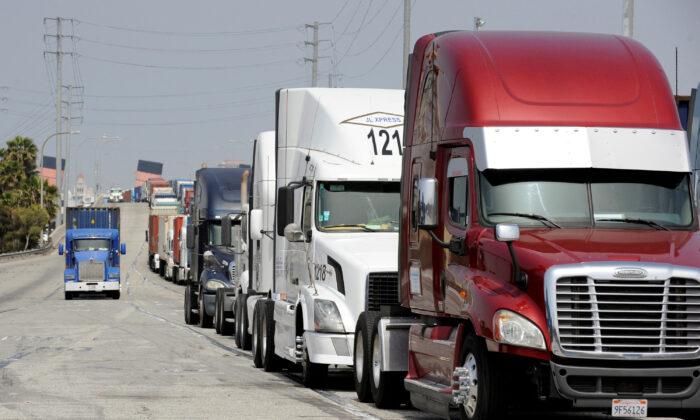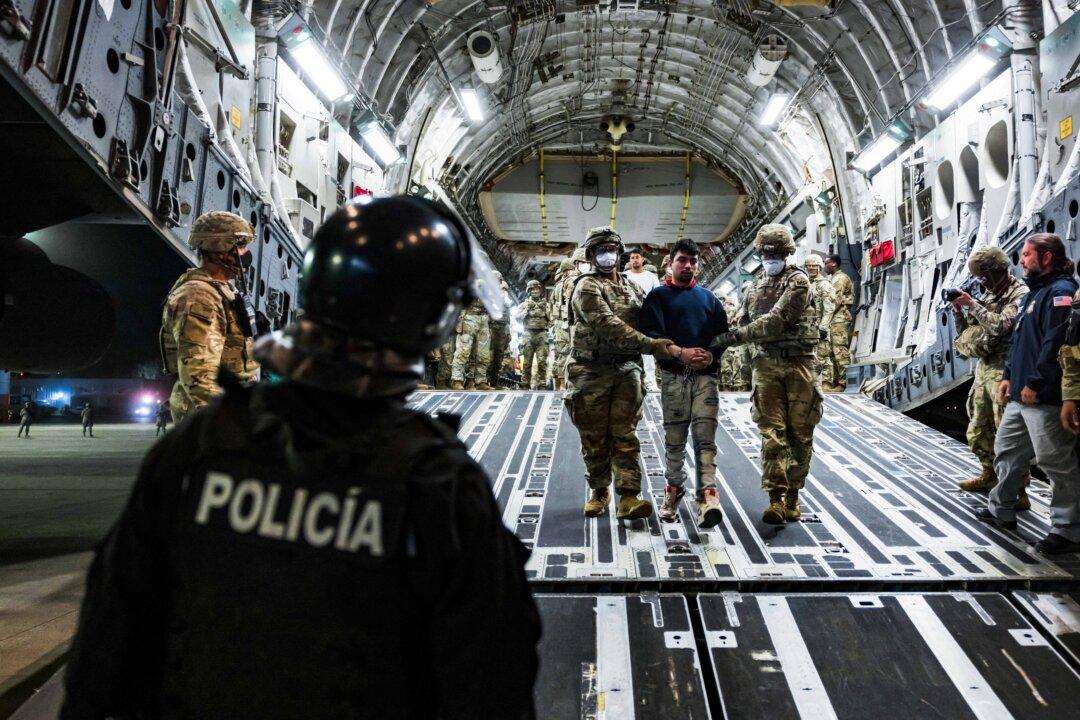“To date, the Aurora Driver has completed over 1,200 miles without a driver,” said the statement. “The milestone makes Aurora the first company to operate a commercial self-driving service with heavy-duty trucks on public roads.”
“Aurora plans to expand its driverless service to El Paso, Texas, and Phoenix, Arizona, by the end of 2025.”
Aurora’s launch customers are logistics companies Uber Freight and Hirschbach Motor Lines, both of which have had “long-standing supervised commercial pilots with Aurora.”
Aurora Driver is reportedly an SAE L4 self-driving system that is being deployed for long-haul trucking for the first time.
At the L4 level, the features of the driverless system can “drive the vehicle under limited conditions and will not operate unless all required conditions are met,” according to the SAE website.
Pedals and steering wheels may or may not be installed in SAE L4 vehicles. The automated features of the system won’t require a person sitting inside the vehicle to take over driving.
“We founded Aurora to deliver the benefits of self-driving technology safely, quickly, and broadly,” said Chris Urmson, CEO and co-founder of Aurora. “Riding in the back seat for our inaugural trip was an honor of a lifetime—the Aurora Driver performed perfectly.”
Meanwhile, autonomous trucks pose a critical employment issue for truck drivers.
The bill requires that all commercial vehicles weighing over 26,000 pounds have a trained human safety operator behind the wheel.
“For Big Tech companies to think they can come into any state and replace the jobs of hardworking union members with this dangerous and inferior technology is an insult to professional drivers everywhere,” said Peter Finn, president of Teamsters Joint Council 7.
“SB 395 is critical to protecting the middle class. That is why we are demanding that Nevada lawmakers vote in favor of this legislation.”
Aurora Safety, DOT Relaxes Rules
Aurora said its flagship truck is fitted with a powerful computer and sensors that enable it to operate safely on highways.“In over four years of supervised pilot hauls, the Aurora Driver has delivered over 10,000 customer loads across three million autonomous miles,” the company said.
“It has also demonstrated extraordinary capabilities, including predicting red light runners, avoiding collisions, and detecting pedestrians in the dark hundreds of meters away.”
Before beginning operations, Aurora had completed a “safety case” for its vehicles. A safety case is a documented assurance of the vehicle maintaining safety.
The company said it had briefed several government entities about Aurora Driver’s readiness for driverless operations, including the National Transportation Safety Board, National Highway Traffic Safety Administration, Texas Department of Public Safety, and Texas Department of Transportation.
Specifically, the agency will expand the Automated Vehicle Exemption Program to domestically-produced automated vehicles (AVs) as well. The program currently only applies to imported AVs.
Advocacy group Advocates for Highway and Auto Safety criticized the decision, saying that “troubling incidents” involving automated vehicles have already occurred in multiple cities.
If proper safety regulations, safeguards, transparency, and accountability are not maintained regarding the issue, the deployment of AVs could result in “deadly consequences,” it said.
“Yes, we’ve got to move smartly and safely. But this announcement shows the administration is also proceeding with a sense of urgency, so we don’t cede AV leadership to China and other countries. Time is of the essence,” he added.







